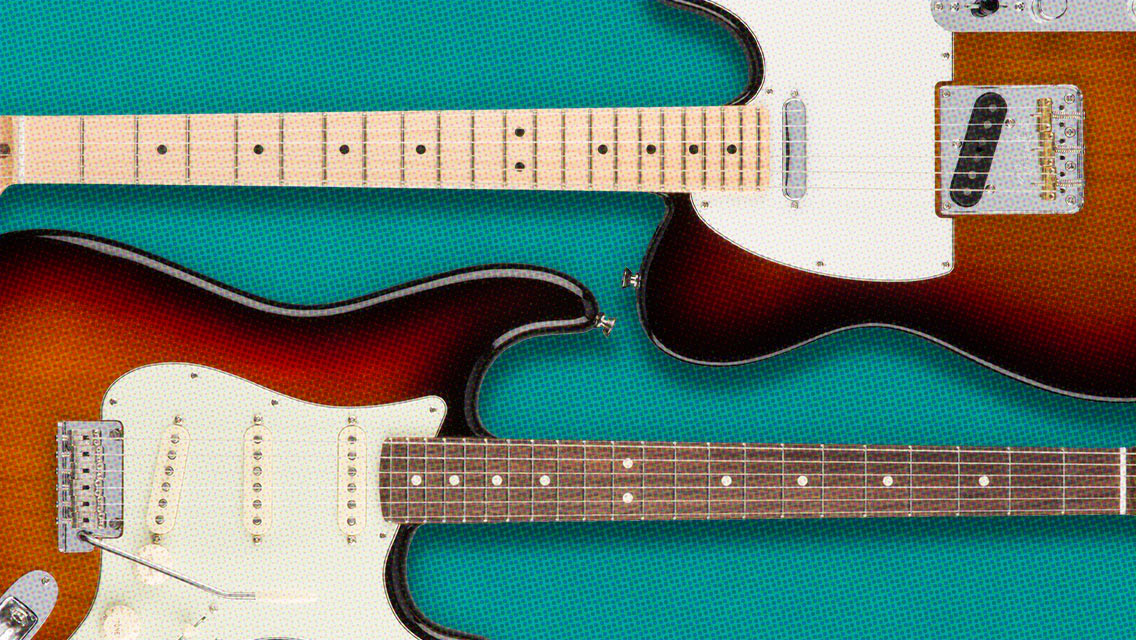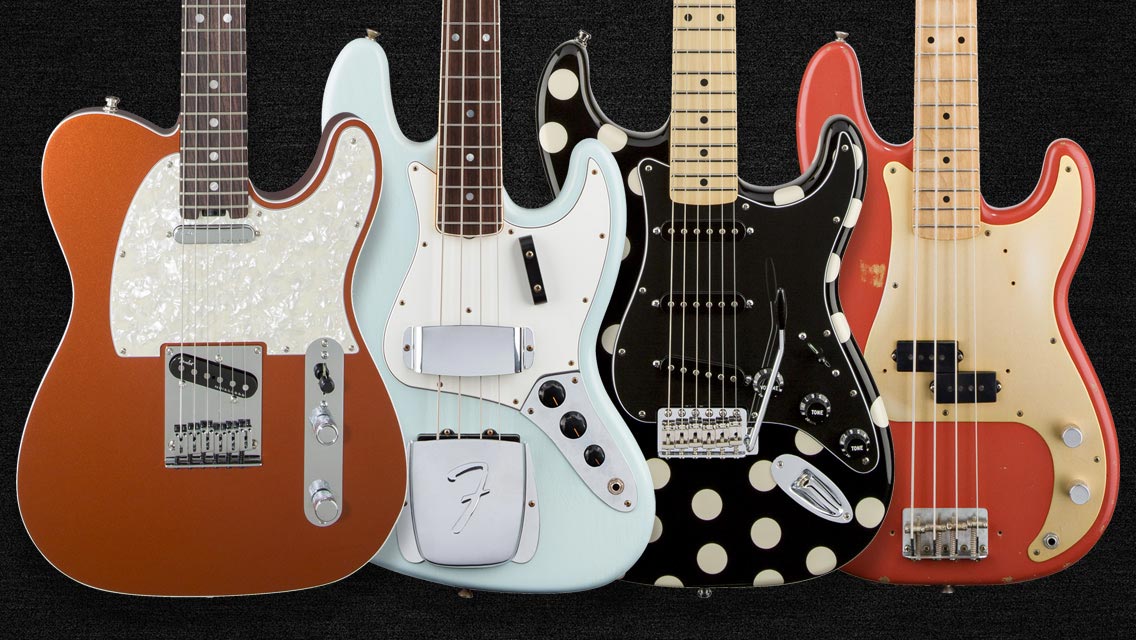3 Min ReadBy Jeff Owens
Purple Reign: The 'Hendrix Chord'
How the legendary guitarist became synonymous with his eponymous chord.

Sections
Such is the legend and influence of Jimi Hendrix that the man actually has a chord nicknamed after him. As far as we know, no other rock guitarist is so honored.
But what is it about the 7#9 “Hendrix Chord” that makes it sound so dirty, so bluesy, so colorful and so huge?
The 7#9 chord is an extended dominant 7th chord with an augmented (sharpened) ninth. This chord form got its nickname because it was a favorite of Hendrix, who did a great deal to popularize its use in mainstream rock music.
Hendrix built his siganture hit, 1967's "Purple Haze", around his eponymous chord and one could argue that “Purple Haze” owes much of its sonic identity and appeal to its author’s choice of the more tonally colorful E7#9 chord voicing rather than a more straightforward E major or E7 chord.

“Purple Haze” starts with the mounting tension of its famously staccato tritone intro; a tension explosively released when the Experience launches into the verse with Hendrix blasting out a raw and aggressively bluesy E7#9 chord. The chord is also implied throughout “Foxey Lady”, which appeared alongside “Purple Haze” on the U.S. version of the landmark debut album by the Jimi Hendrix Experience, 1967’s Are You Experienced. Later, Hendrix also used the chord on live versions of “Voodoo Child (Slight Return)”.
The chord’s appeal lies in the fact that, like the blues scale from which it is derived, it is both major and minor at the same time, which is to say that it includes both the major third and minor third tones. Normally, these two notes sounded together would produce a naturally unpleasant dissonance, but the 7#9 “Hendrix chord” structure spreads the two notes far apart enough and includes enough root tones (and a seventh tone) to convey a singularly interesting and not at all unpleasant sound.
To illustrate, let’s dissect the fingering of the dominant E7#9 chord used in “Purple Haze” (see illustration above). From low strings to high, you have an open low E (the root), your middle finger on the seventh fret of the A string (octave E above the open low E), your index finger on the sixth fret of the D string (a G#, which is the major third), your ring finger on the seventh fret of the G string (a D, which is the dominant 7th) and the kicker, your pinkie on the eighth fret of the B string (a G, which is the minor third), followed by an open high E.
Whether you strike the high or low E strings can be a matter of taste, but the chording works either way.
Go ahead and try it. It’s a sophisticated chord voicing, but it isn’t hard to play. It even sounds purple.
Although he did much to popularize it, Hendrix was by no means the first guitarist to use the dominant 7#9 chord, as complex dominant seventh chord voicings had been used in jazz for years. It appeared in Dizzy Gillespie and Charlie Parker's arrangement of popular standard “All the Things You Are” in 1945, showed up in late-’50s hard bop by John Coltrane (Blue Train, 1957), in R&B hits like 1958's “Hold It” by Bill Doggett, and the great Wes Montgomery used it in “Four on Six” from 1960’s The Incredible Jazz Guitar of Wes Montgomery.
Even in rock and pop music, the dominant 7#9 chord showed up on a few records before “Purple Haze” sparked Hendrix’s meteoric rise. The earliest recorded use of it by Hendrix himself appears to be in 1964 on one of the few known recordings he made before launching his solo career two years later, the Isley Brothers’ “Testify, Parts 1 and 2”. More prominent pre-“Purple Haze” uses by other artists include the Beatles, who used it in 1966 for Revolver opening track “Taxman” (in D7#9 form), and Cream, who also used it in 1966 in “I Feel Free” (in E7#9 form) from Fresh Cream.
The Hendrix chord has subsequently become quite ubiquitous throughout rock and pop music, right up until today. It can be heard down through the decades, for example, in songs by artists as diverse as Steely Dan (“Kid Charlemagne”, 1976), the Pixies (“Here Comes Your Man”, 1989) and Muse (“Hyper Music”, 2001).
No matter who’s playing it or what the song is, though, the dominant 7#9 chord is bound to elicit one response in particular: “Oh, cool—the Hendrix Chord …”
Want to learn more chords? Browse Fender Play's chord library, learn about chord types, and find tips on how to master them.
Don’t miss out!
Be the first to know about new products, featured content, exclusive offers and giveaways.


